State
Tribe Name
Art Type
short description
Mizo tribes, located in the remote northeastern state of Mizoram, are highly acclaimed for their rich cultural heritage and unique dance forms, the most renowned being the Cheraw. The bamboo dance represents all that is beautiful and traditional in Mizo culture, yet even more, it truly shows the length to which Mizo people hold nature and art dear. The traditional attire made by the Mizo tribe represents their craftsmanship, which is often worn for cultural events, thus communicating their pride toward their heritage. Ceremonial and festive dresses with headdress breathe life into their culture.
Thumbnail
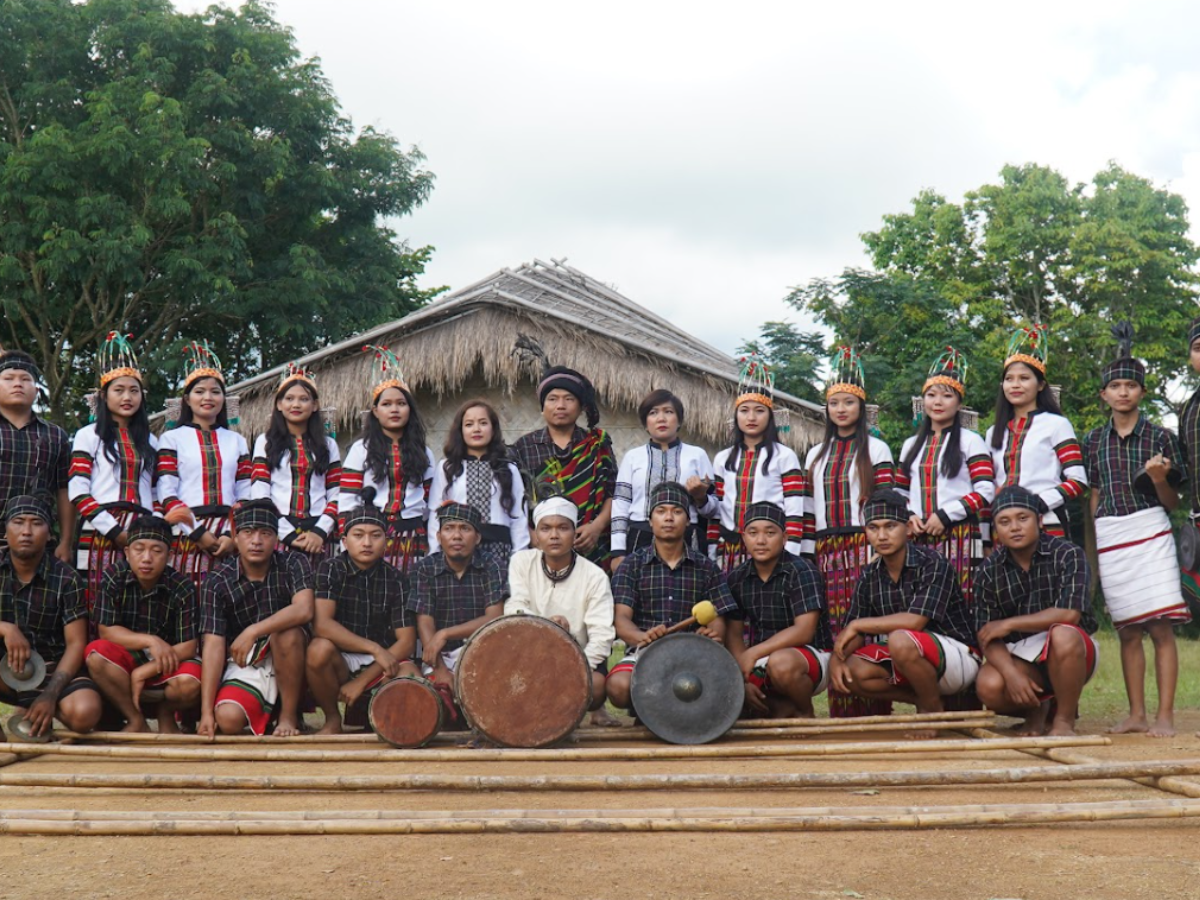
Filter Postion
Right
Filter Background
Off
Theme
Filter Header Image
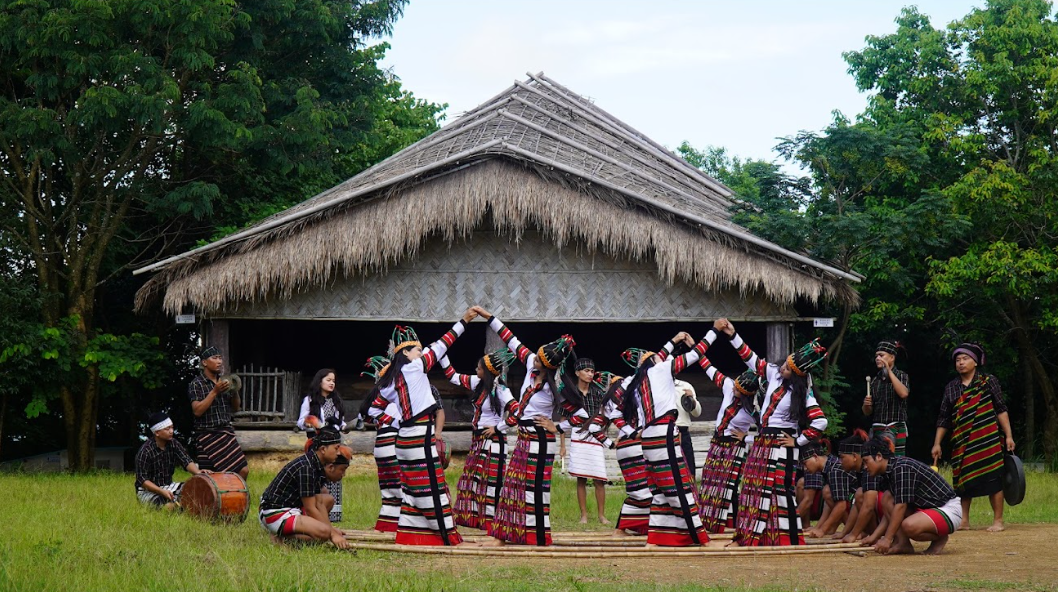
content
Image
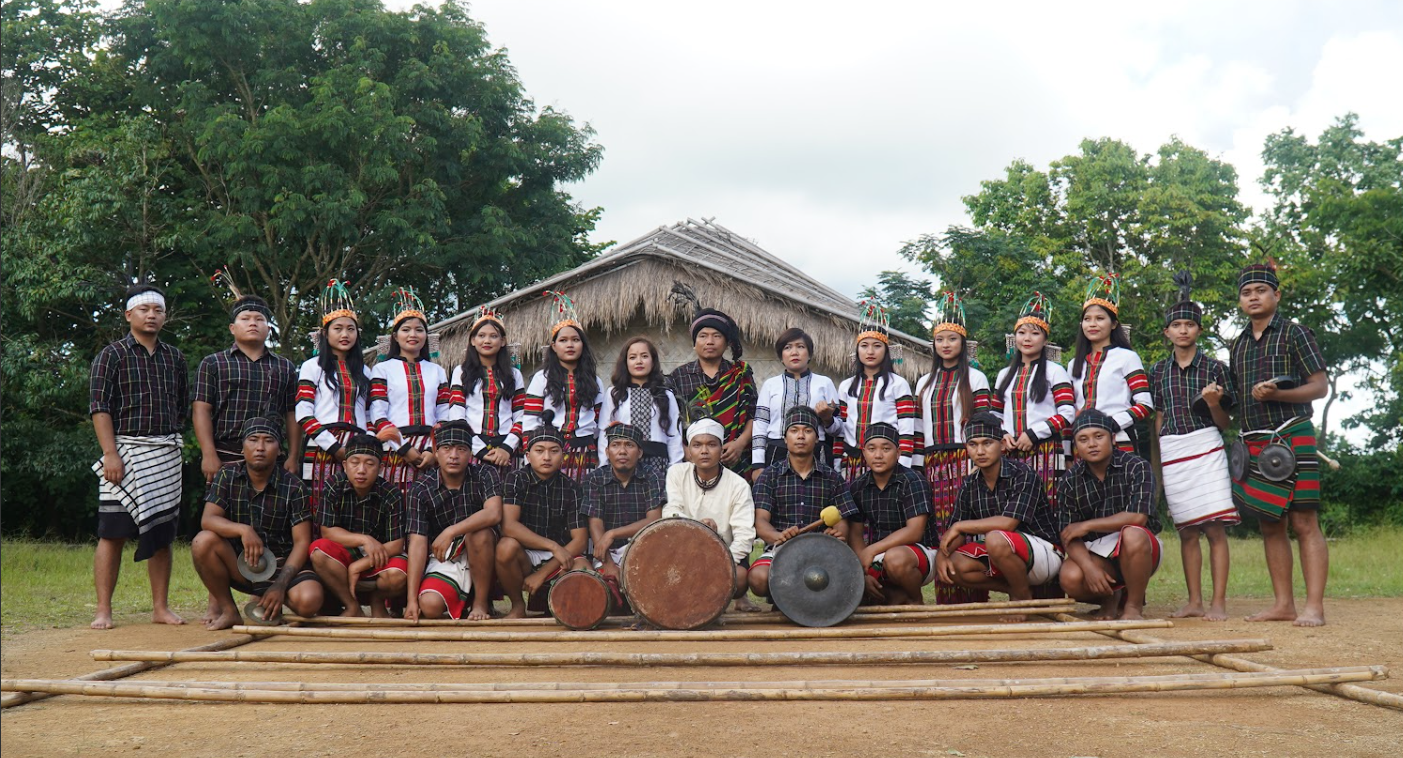
description
Mizo tribes, located in the remote northeastern state of Mizoram, are highly acclaimed for their rich cultural heritage and unique dance forms, the most renowned being the Cheraw. The bamboo dance represents all that is beautiful and traditional in Mizo culture, yet even more, it truly shows the length to which Mizo people hold nature and art dear. The traditional attire made by the Mizo tribe represents their craftsmanship, which is often worn for cultural events, thus communicating their pride toward their heritage. Ceremonial and festive dresses with headdress breathe life into their culture.
Image Mode
landscape
Image
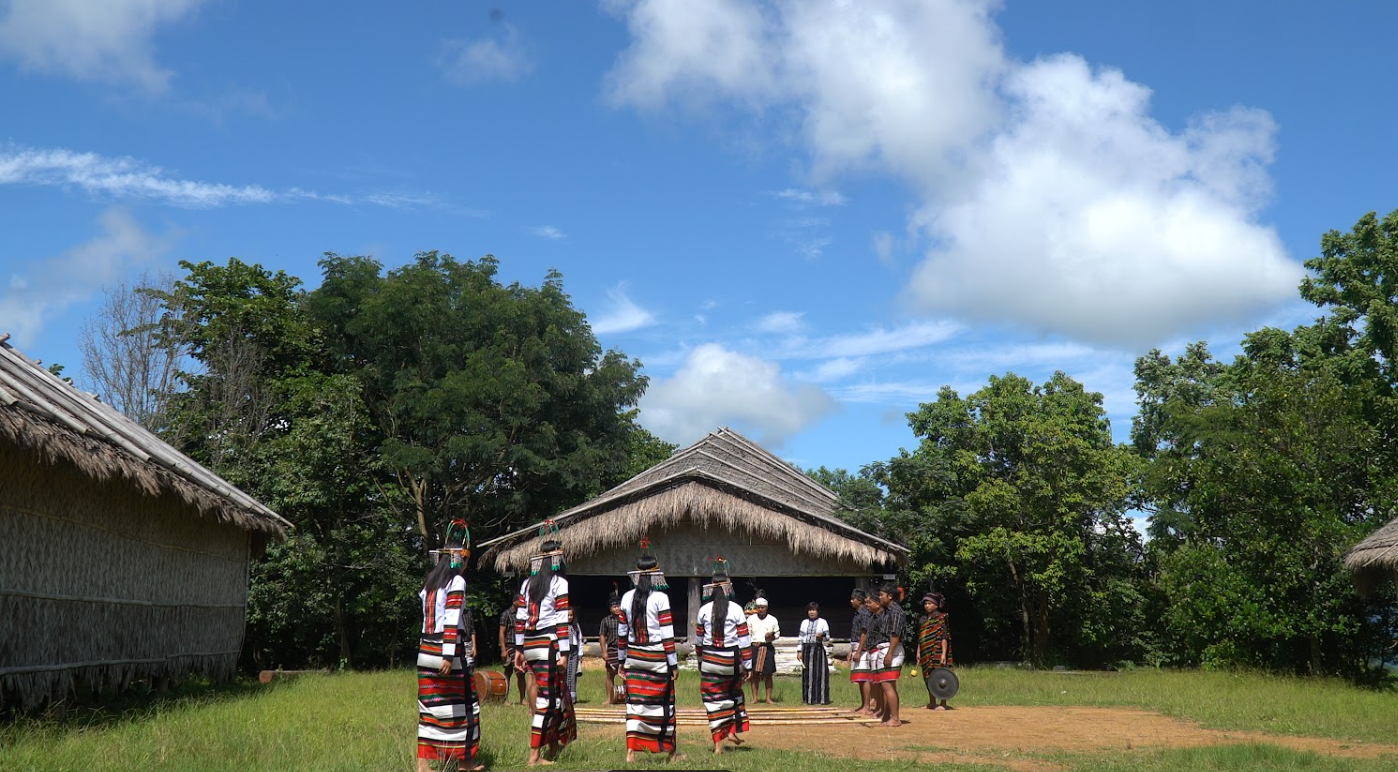
description
Traditionally Mizo tribe's livelihood has been agriculture, primarily done through shifting cultivation (Jhum). While farming provides their needs, their interdependence among themselves sustains their culture of collective farming. Presently horticulture and minor trade are gaining significance in their life. Along with agriculture, many Mizo people today are involved in handicrafts, producing traditional textiles and woven goods, thus promoting their art and income.
Image Mode
landscape
Image

description
The dance is an integral part of the culture: men and women do have their distinct roles. Men manipulate strips of bamboo, making rhythmic beats, while women dance gracefully in between the sticks, epitomizing their coexistence and unity. Awesomely dressed in traditional Mizo costumes, which include Khumbeu (bamboo hat) for men and Vakiria (headdress) for women, these dancers present a feast for the eyes. The dance, music, and endowments extoll the notion of tradition, folklore, and community festivity, all professed by the Mizo tribe.
Image Mode
landscape
Image
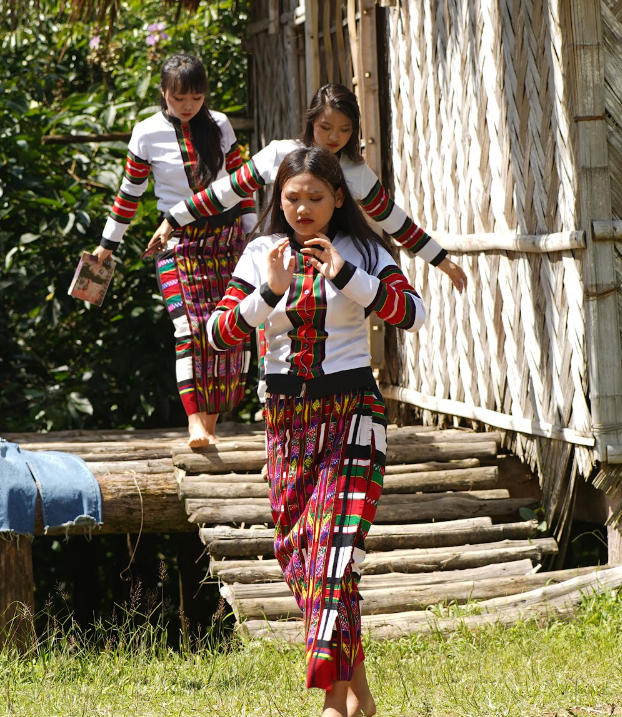
description
The Mizo tribe is facing modernity that threatens to alter the course of traditional culture-languages, rituals, and crafts. Economic changes and limited agricultural space due to climatic alterations pose additional strains on the traditional way of life. Participating and preserving Cheraw dance and its art forms has become increasingly difficult as young Mizo generations are increasingly pressed to take urban trajectories, traditionally resulting in limited participation and diminishing ties to their ancestors' traditions.
Image Mode
landscape
Image
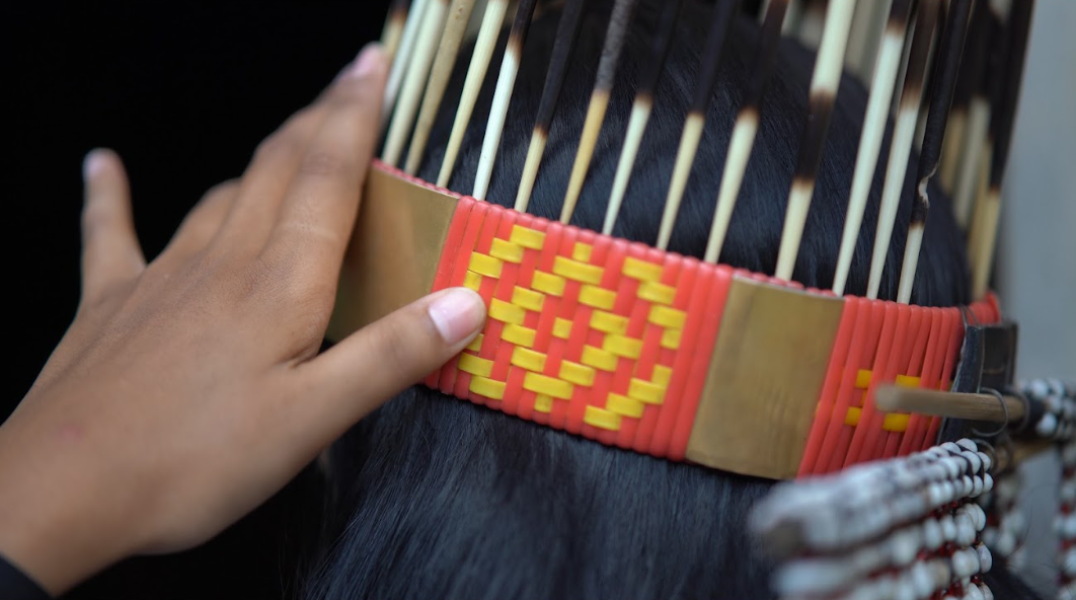
description
Measures to promote cultural existence and platforms to showcase traditional arts, dances, and crafts form the response to these challenges. It has emphasized existing government and NGO programs focusing on promoting sustainable agriculture and tourism, as this famous form will encourage knowledge and appreciation of Mizo culture. Cheraw dance and Mizo handicrafts will aid in preserving Mizo Heritage, thus motivating the younger generations to coalesce their rich cultural inheritance.
Image Mode
landscape
promoted
On
Verified
On
